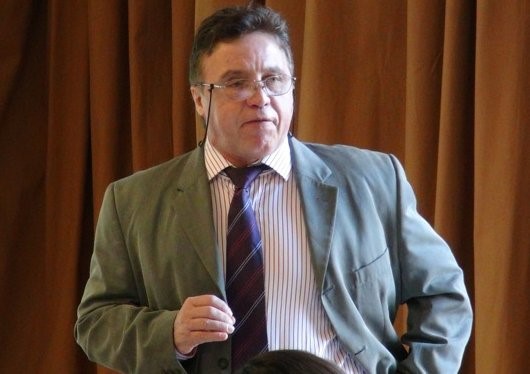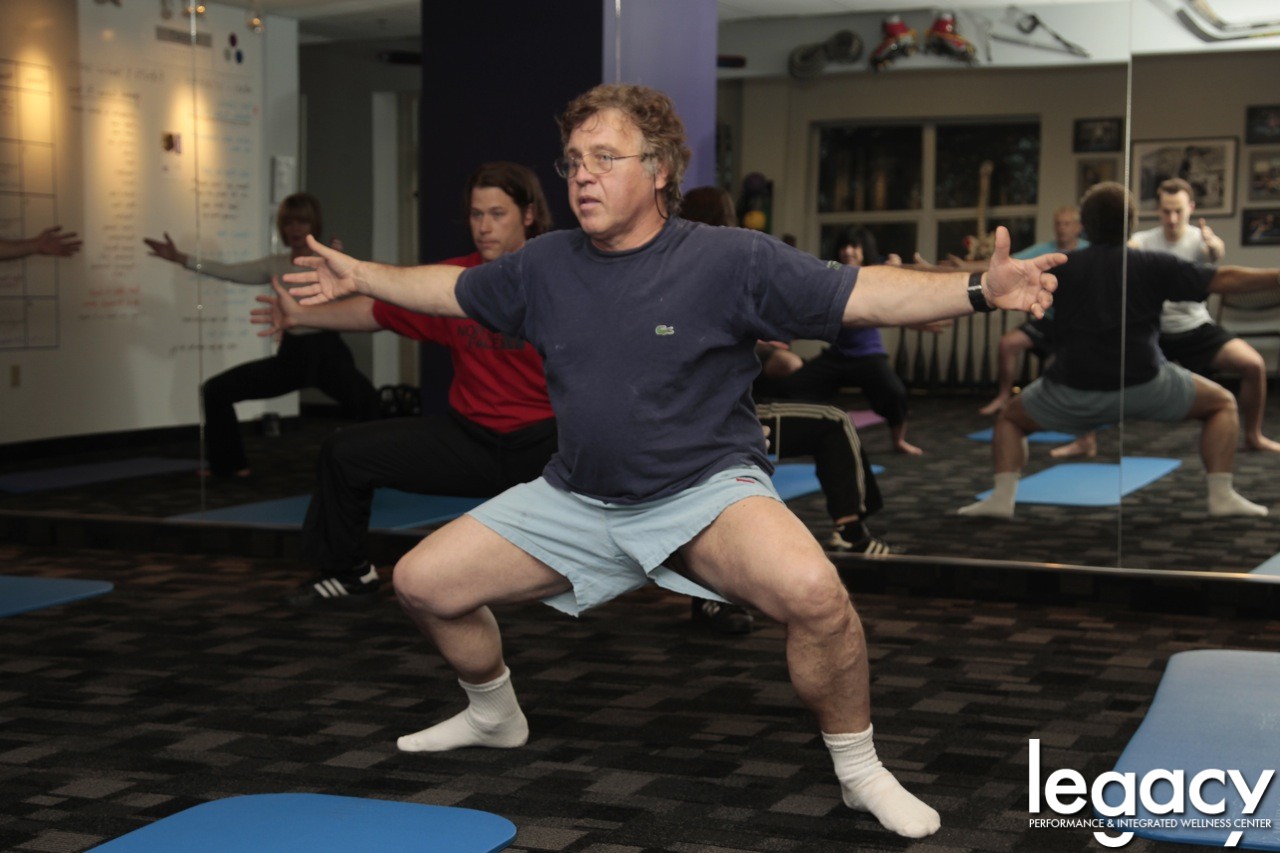Guy VOYER, DO
Guy VOYER, DO is a “classically-trained” European Osteopath who remains true to his manual medicine training. He holds a Doctorate in Osteopathy with an extensive background in the fields of sport, manual therapy and medicine, which includes studies and degrees in physical education, physiotherapy, sports medicine, traumatology, biomechanics, and various forms of body work including massage therapy. In addition, he has a PhD. in educational science. He has initiated and collaborated on numerous research projects, including the studies on intervertebral disc compression and herniation.
Born in Paris, Dr. VOYER has traveled the world since he was six months old. Throughout his childhood his family moved every two years due to the demands of his father’s profession, but these frequent moves did not have a negative impact on him. Instead, it helped him develop his ability to adapt to new environments and make friends. Before his studies in health sciences, he was a competitive athlete in many sports, achieving a high level in Judo.
As a young student, Dr. VOYER was enrolled in a special school where half of the day was devoted toward training and the use of many different exercise modalities, preceded by a half day of academic studies. This helped him understand ‘the role’ that exercise plays in the development of the brain, the nervous system, and connective tissues – fasciae. It was one of the principle reasons that he, as a medical practitioner, began to prescribe exercise after his osteopathic treatment sessions, a practice he continues to teach all his students to use with their patients and clients.
Dr. VOYER began his career as a physical education teacher. During ten years of effort, the results achieved exceeded expectations; however, there were still problems to overcome, interactions to be studied, and fine-tuning to be developed.
Dr. VOYER then studied the body as “kinesitherapeute”, not only through movement, but also through touch and work that was theoretically considered to be passive. This stage of study confirmed that micro movement generates macro movement in articular (joint) mobility. Simply massaging the muscles was of negligible value as long as the aponeurotic (fascia) structure remained hypertonic. Further study in medicine and sports biology, specializing in physical medicine, traumatology, and physiopathology of the loco-motor system, led him to the realization of the limitations of analytical and therapeutic theory.
While an intern in the Center for Reeducation and Functional Readaptation, Dr. VOYER refused to entertain the concept of prevention and remained obsessed with finding the “magic bullet” to cure a patient’s symptoms. At this time in Europe, back pain was epidemic, causing strain on the economy. In search of a cure, Dr. VOYER traveled throughout Europe, attending numerous seminars on various approaches to treating back pain.
At the same time, he began to study the biomechanics of the human body, but in a new way – the way of tensegrity biomechanics. It was from his practice of many varied methods that Dr. VOYER was able to select the very best of all the techniques he studied and organize it into a system that he calls the ELDOA. This French acronym translates into English as LOADS: Longitudinal Osteo-articular Decoaptation Stretching.
From a very early age, Guy VOYER, DO was fascinated with the fasciae of the human body, its very precise anatomy, and its links to other structures. It wasn’t until later that he was able to focus his research on the fasciae, understanding the various roles of the fasciae and how to best treat it. To better understand this, he has done extensive research in dissection and was one of the first to map the fascial chains of the body and the role they play in movement and human biomechanics.
As a result of this work, Guy VOYER, DO organized his own system of therapy (SomaTherapy) with many techniques that he created himself. To compliment his therapeutic system, he designed an exercise-training program (SomaTraining) that respects the organization of the fascial chains and human biomechanics. Today, he is one of the few osteopaths in the world to master the treatment of fasciae and how to prescribe exercise to reinforce these treatments.
“The whole is more than the sum of its part: one part cannot be properly understood in isolation. Study and research, philosophy, psychology, and sociology led me to the discovery of complexity models.
Systems theory, as presented by E. Morin, De Rosnay, Watzlawick, Varella and others, confirmed my conviction that the body works as a whole, that only reasoning in synthesis can answer the questions of humanity, that only technology in a network will explain the links that emerge from a holistic base.
In the field of complexity, my research leans on the systems paradigm, the emergence and the constructivism.” – Guy VOYER, DO
After decades of study and clinical practice as both an exercise practitioner and therapist, DR. VOYER organized his unique educational paradigm and teaching method – “learn by doing”. This paradigm includes the principles of complexity and systems theory, tensegrity biomechanics and functional anatomy. This method is used in all of his courses.
His goal now is to teach and pass along his knowledge through the students who have followed his life’s work.



